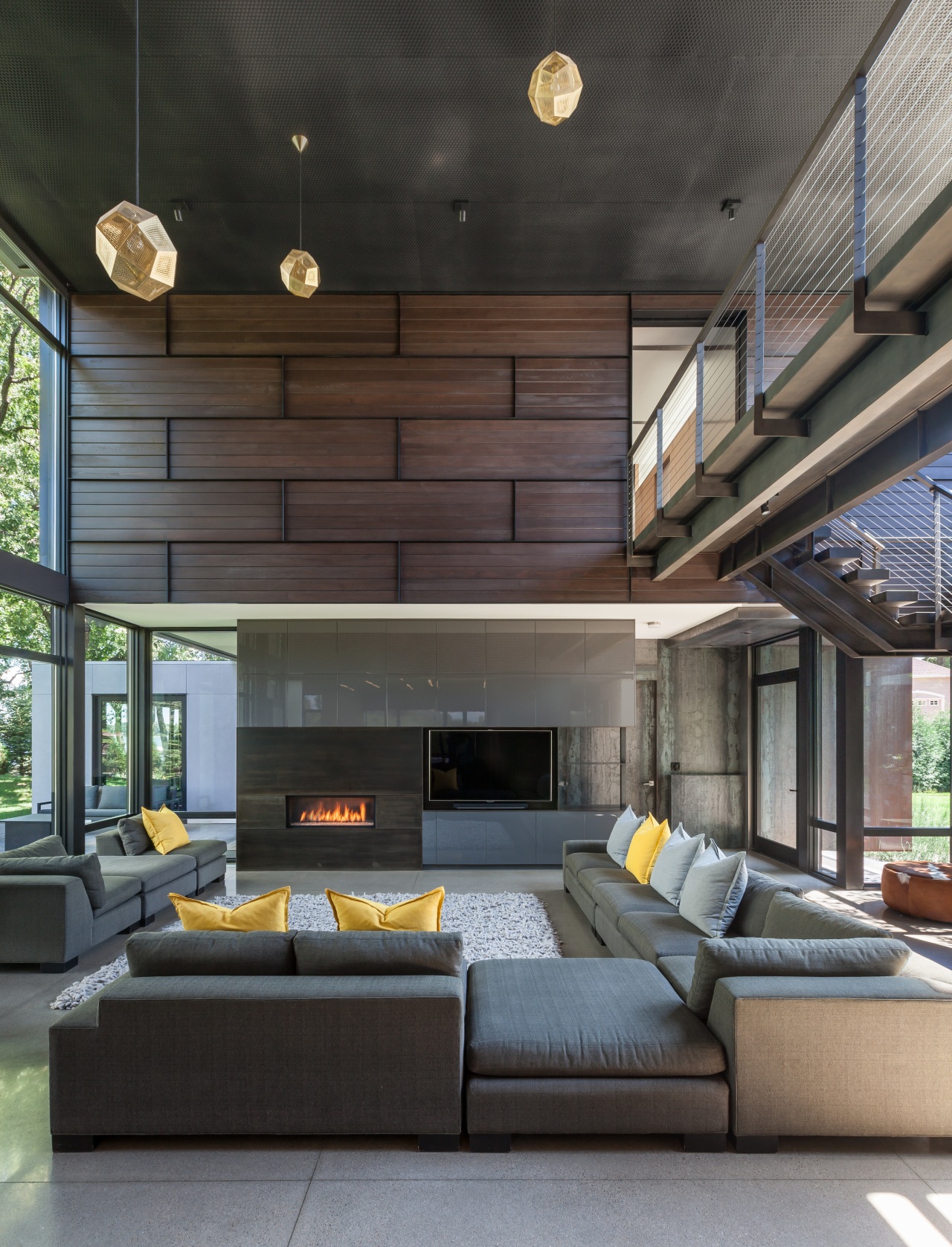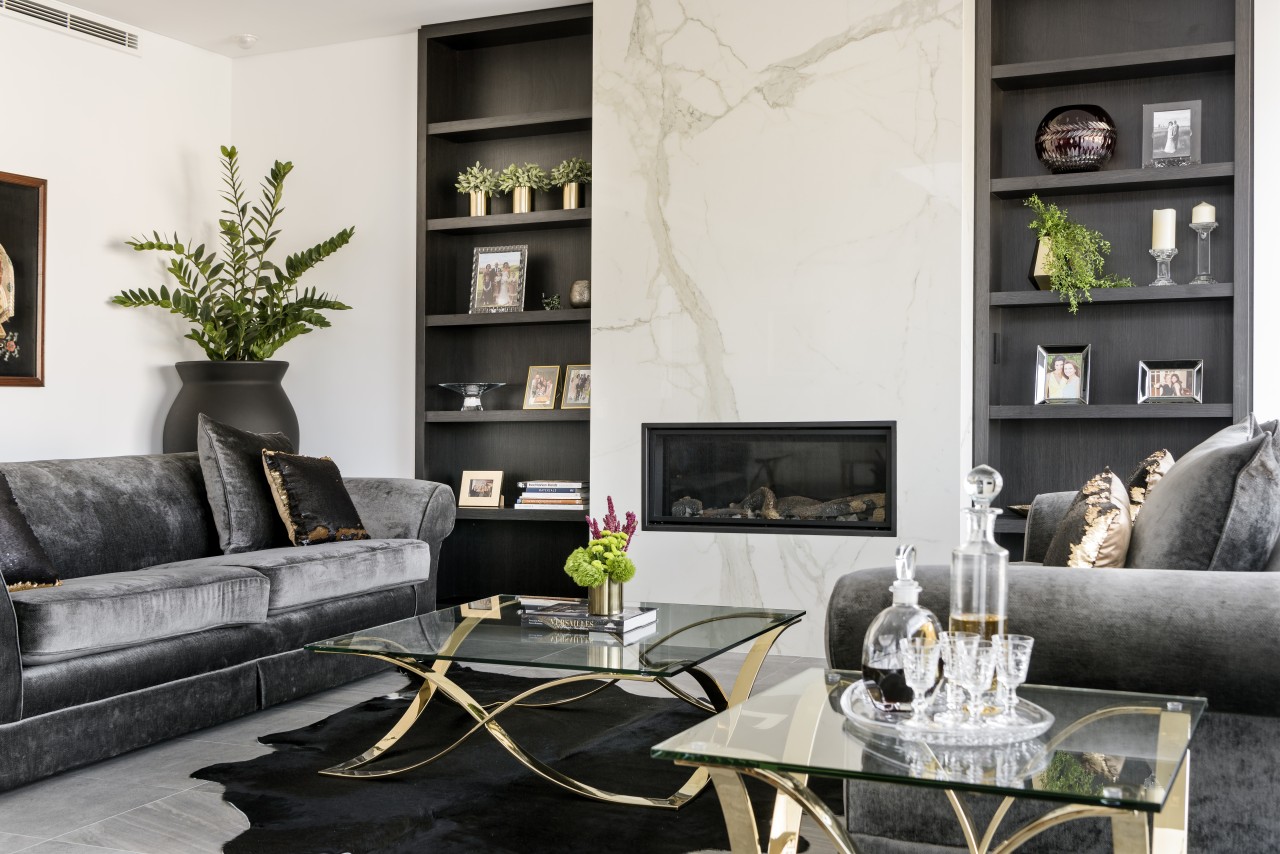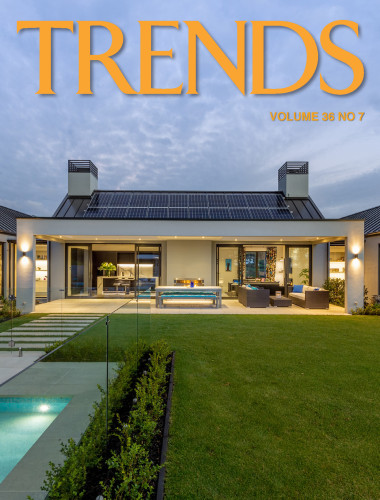4 things you should consider before buying a sofa
From choosing a material that complements the size of the room, to ensuring your existing furnishings suit your new centrepiece, we’ll cover what you need to know
As the centrepiece of family get-togethers and chats over coffee, you could call the sofa the heart of the living room. So, buying your sofa is one of the most important investments you’re likely to make for your living space.

Try before you buy
Before buying your sofa, decide on how often this will be used and exactly what purpose it will serve - whether it’s for long relaxing evenings, a place for visitors to sit or to double up as a sofa bed for guests.
This will determine how you want your sofa to look and feel in your space
Once you’re sure of exactly what you want, it’s time to select the dimensions.
Your average sofa has a seat depth of at least 60cm, which gives plenty of room to manoeuvre if you have long legs, and allows you to tuck them under if you’re shorter. However, seat depths do vary, so try out different styles to ensure you have good back support.
Ultimately, the main function of your sofa is to provide comfort, so it’s important that you have a seat which feels as relaxing as possible, and best fits its purpose.
To really tailor your seat to your needs, you should also try out the seat height. Most designs are between 45cm and 50cm high, so it’s worth a test to make sure it suits the whole family. Some major things to bear in mind are if the sofa offers head support, and fits your lower back to provide the ultimate source of comfort.
Finally, remember to check the total length, excluding armrests if you like to stretch out your legs!

Consider the shape
Once you’ve determined how your sofa is going to be used, pick a shape that best serves that purpose.
A sofa that will be used for relaxation can be deep and cushy, with loose pillows.
A sofa with lower arms than the back is a versatile choice for both formal and informal settings, and will look great as a centrepiece.
Alternatively, a sofa with a lower back is great for allowing the room to flow, as its height won’t divide the room, so this could be an excellent choice for a general lounge.
Sectional sofas come in a range of sizes and profiles, so work well in cosy conversational settings. For added comfort, you could have reclining sectionals - which are great if your needs are multifunctional - for example, if you’re using your sofa throughout the day for get-togethers, and relaxation on an evening.
You’ll be using your sofa every day for the foreseeable future, so it’s important to think about your day-to-day use before purchasing.
Practicality is key when it comes to new furniture, and keeping this at the forefront of your mind will make your buying decision so much easier.

Focus on fabric
To keep your sofa looking its best, it’s important to select the right fabric – ensuring it’s suitable for you, your whole family and any guests.
So, avoid selecting high maintenance fabrics like silk on areas of the sofa which will be regularly sat upon or touched if you’re keen to keep cleaning bills to a minimum!
Alternatively, micro fibers are great in heavy usage areas, look attractive, and are easy to clean - so these are worth considering.
Leather is another good option if you’re looking for longevity. With more and more colours and textures becoming available all the time, you’re no longer confined to tans and blacks, meaning there’s a leather sofa to suit every room.
To select a sofa or fabric pattern, always take into consideration any pre-existing colours or patterns in the room. Neutrals work best in most rooms, but you can dress up your sofa by using more vibrant colours in the pillows, or adding throws.
Alternatively, a patterned fabric works well in heavy usage areas, as it can hide minor stains. Thinking about the furniture which the sofa will be situated around is crucial to deciding on a fabric design. Whether it’s next to a stylish occasional table or on top of a bright floor rug, as the centrepiece of the room, your sofa can completely change the aesthetics of your space.

Measure up
The best way to decide on the size of your sofa is to use the size of the room as a guide.
After all, the sofa has to fit with the rest of your furniture while still adding visual appeal and providing comfort. It’s essential to make sure that its size doesn’t overpower the room, or impede the flow of traffic – so start by measuring the entire room and work from here.
Also check the dimensions of any doors and stairways the sofa will have to pass through on delivery. If access is limited, you may need to opt for a low-back style, with removable legs or a modular design which can be delivered in sections.
If you’re opting for a sofa bed, ensure you measure how far the bed can extend into the room when you unfold the sofa for maximum practicality. Having these sizes in mind will influence your decision making when shopping, so it’s well worth taking things like this into account in advance.
........................................................................................
About the author:
Angus Ponsford is the Director at Ponsford Ltd, an independent, family-run furniture retailer that boasts a huge selection to suit every style and budget.
Story by: Angus Ponsford, director at Ponsford Ltd
Home kitchen bathroom commercial design
Connected to the ocean
Masculine meets mixed use
Contrast and connection
Trends 19-08
Let’s be frank, the more design inspiration you take on board the better informed your own project decisions will be – t...
Read More
